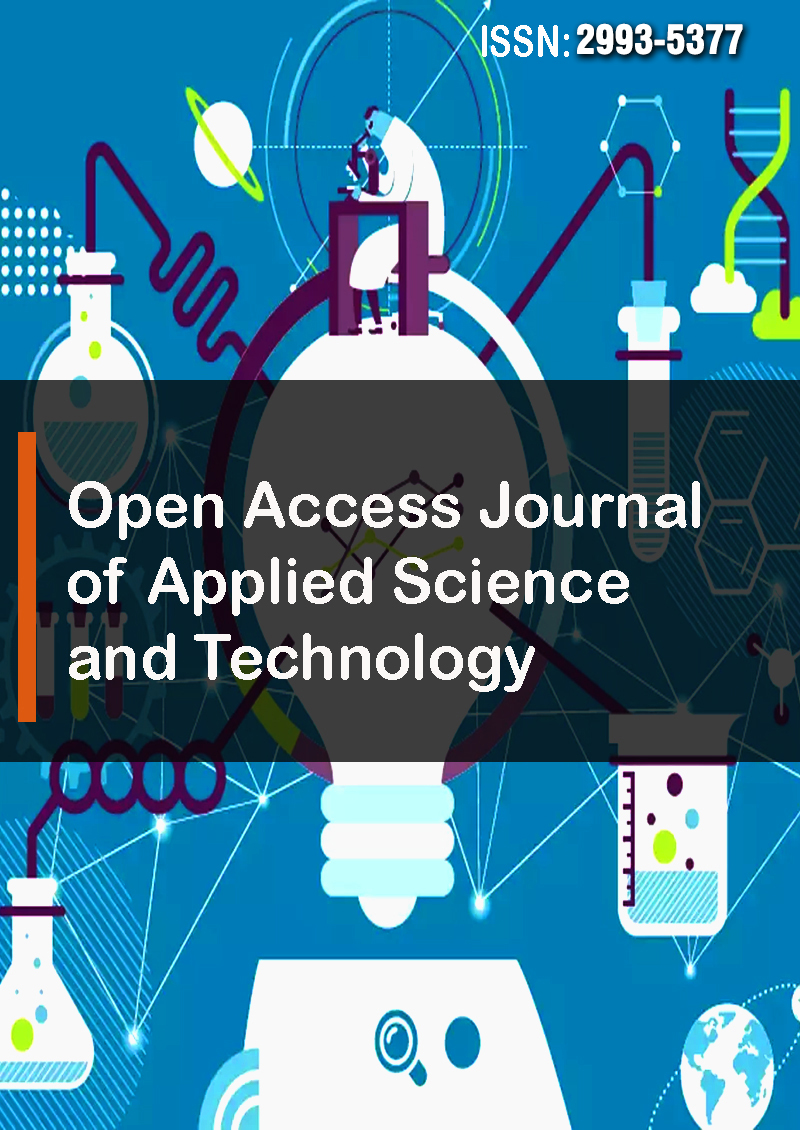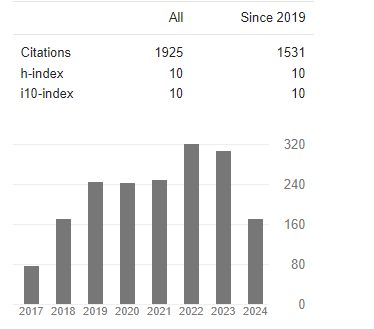Aims and Scope
Journal DOI: 10.33140/OAJAST
Some of the subject areas that the journal focuses on but are not limited to:
Engineering: Applying scientific and mathematical principles to design, develop, and build systems, structures, and devices that solve practical problems.
Technology: The use of scientific knowledge for practical purposes, often involving the development of tools, machinery, and techniques to solve real-world problems.
Biotechnology: Using biological systems, organisms, or derivatives to create products or processes for various applications, such as medicine, agriculture, and environmental management.
Nanotechnology: Manipulating matter at the nanoscale (atomic and molecular level) to create new materials, devices, and systems with unique properties and functions.
Materials Science: The study of the properties, structure, and applications of materials, aiming to develop new materials with improved performance for various industries.
Environmental Science: The interdisciplinary study of the environment, including ecosystems, pollution, conservation, and sustainable practices.
Agricultural Science: The application of scientific principles to improve agricultural practices, including crop production, animal breeding, and soil management.
Forensic Science: The use of scientific methods to investigate and solve crimes, involving techniques from various fields to analyze evidence.
Applied Physics: The practical application of physics principles to develop technologies and solutions in electronics, optics, and mechanics.
Health Sciences: The field encompassing medicine, nursing, pharmacy, and other allied health professions, focused on maintaining and improving human health.
Food Science: The study of the physical, chemical, and biological properties of food and the development of safe and nutritious food products.
Computer Science: The study of algorithms, data structures, programming languages, and software engineering, leading to the development of computer programs and systems.
Geomatics: The science of gathering, analyzing, and interpreting geographic information using technologies like GIS (Geographic Information Systems) and remote sensing.
Renewable Energy: Technologies and processes that harness naturally replenishing resources like sunlight, wind, and water to generate sustainable energy.
Space Technology: The application of scientific principles to explore and utilize space, including satellite technology, space exploration, and astronomy.
Robotics: The design, construction, operation, and use of robots to automate tasks or perform tasks in environments that are hazardous to humans.
Civil Engineering: The branch of engineering that deals with the design, construction, and maintenance of infrastructure projects like buildings, bridges, roads, and dams.
Chemical Engineering: The application of chemistry, physics, and mathematics to develop processes and methods for large-scale production of chemicals, materials, and energy.
Transportation Engineering: The planning, design, and operation of transportation systems, including roads, railways, airports, and public transit.
Instrumentation Engineering and Science: Pressure, Flow, Voltage, Frequency, Temperature, Measurement Devices, Medical Devices, Precision Engineering, Instrumentation for Education (Devices and Software), Sensor Technology, Mechatronics.
Industrial Engineering: Cybernetics, Systems Engineering, Operations Research, Complex Systems, Management Science, Information Technologies, and Applications.
Computer Science: Human-Computer Interaction, Programming, Image Processing, Computer Graphics and Visualization, Neural Networks, and Software Engineering.
Material Science: Carbon, Semiconductors, Ceramics, Thin Films, Polymers, Composite, Metals, Functional Materials, and Biomaterials.
Electronic Engineering: Control Systems, Power Electronics, Electronic Devices and Circuits, Telecommunications, Signal Processing, Radio Engineering, Automation, and Solid-State Physics.
|
Aerodynamics |
Management |
|
Automation Systems |
Mathematics |
|
Biology |
Mechanics |
|
Biomedical Engineering |
Meteorology |
|
Botany |
Microbiology |
|
Chemistry |
Mobile Computing |
|
Communication Systems |
Nano Robotics |
|
Computer Science |
Nursing |
|
Conventional Energy |
Operating Systems |
|
Data Communication |
Optical Communication |
|
Dentistry |
Physics |
|
Economics |
Physiotherapy |
|
Education |
Political Science |
|
Electromagnetics |
Power Systems |
|
Embedded Systems |
Psychology |
|
Engineering Domains |
Red Taction |
|
Finance |
Sensor Networks |
|
Food & Nutrition |
Sociology |
|
Geology |
Sensor Networks |
|
Green Computing |
Thermodynamics |
|
Grid Computing |
Veterinary Medicine |
|
High-Speed Networks |
Video Signal Processing |
|
Image Processing |
VLSI Design |
|
Mass Communication |
Wireless Communication |




